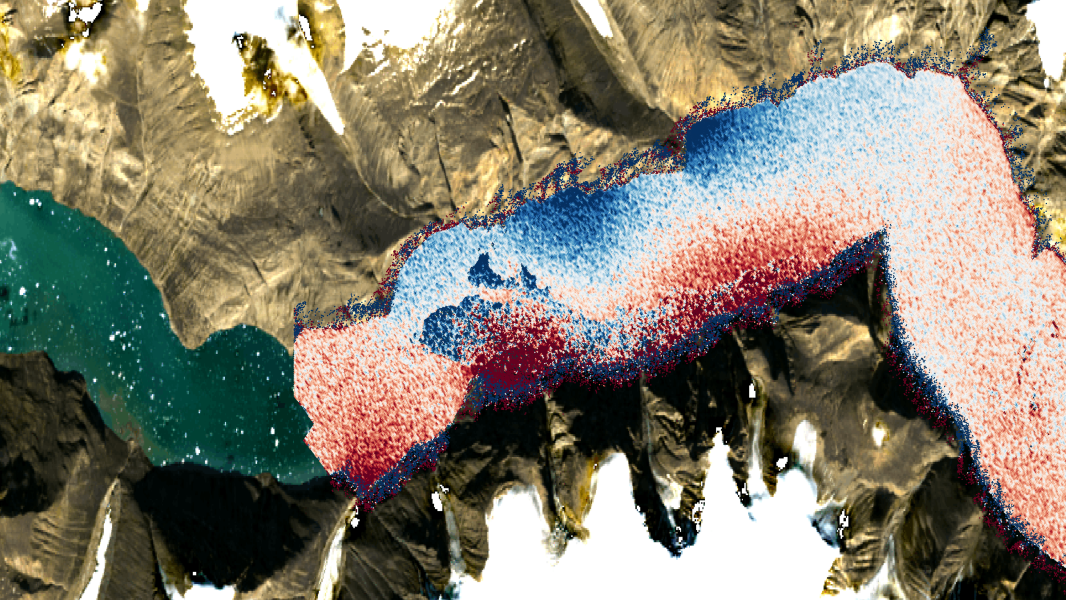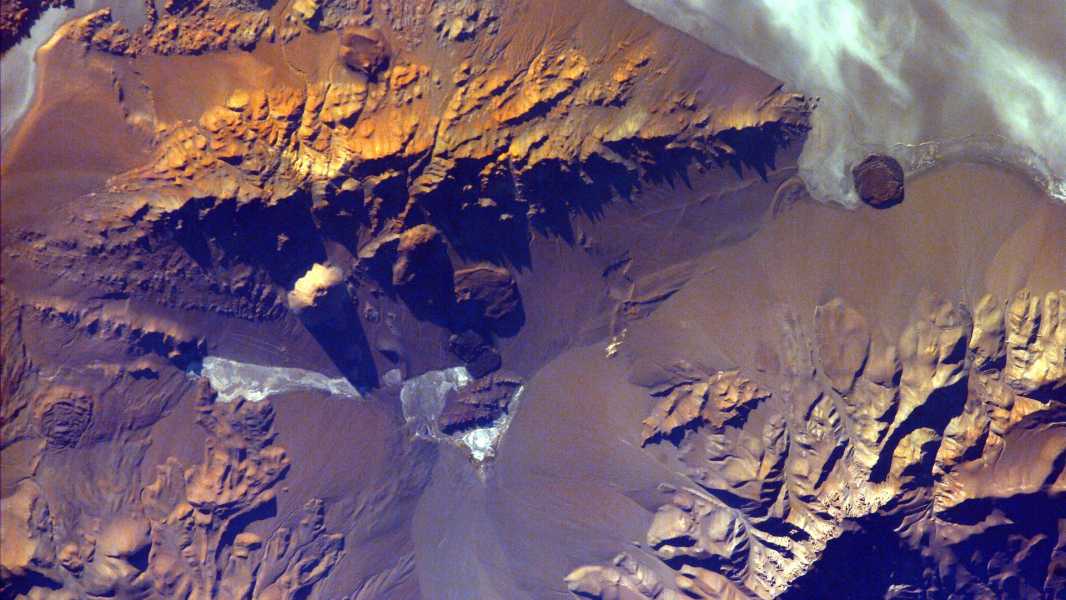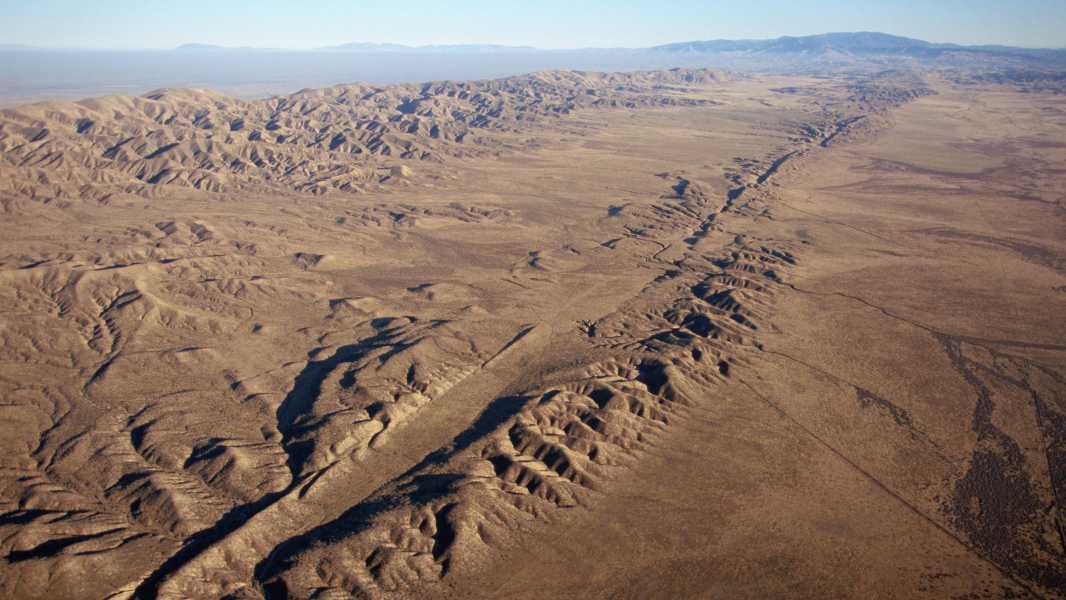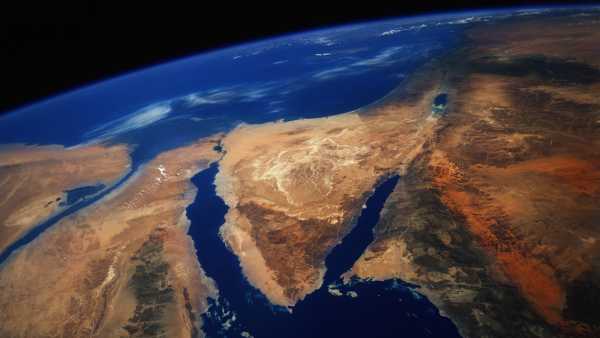First-ever video of a fault: M7.9 magnitude surface rupture recorded near Thasi, Myanmar — YouTube
See more
A unique video showing the ground cracking during a powerful earthquake is even more astonishing than previously thought. Not only does it document a movement in the earth's crust that has never been captured on film before, it also illustrates how the crack bends as it moves.
Geophysicist Jesse Kearse, a postdoctoral fellow at Japan's Kyoto University, noted that this curvilinear movement was inferred from geological data and “slip lines” – marks of sliding on the edges of faults – but had never actually been observed.
“Instead of the objects moving in a straight line, they were moving in a curved path, with the convex side down, which immediately caught my attention,” Kearse said, “because some of my previous research had been specifically on fault curvature, but based on geological data.”
You may like
-

Mysterious 'mega-tsunami' that shook the world for 9 days detected by satellite
-

Tectonic plates can spread subduction like a contagion, moving from one oceanic plate to another.
-

Nearly half of California's faults, including the San Andreas, are prone to earthquakes.
Surveillance footage captured near the town of Thasi in Myanmar shows the ground ripping apart during the magnitude 7.7 earthquake that struck on March 28. The footage shows the ground shaking and then a crack opening up. These cracks in the ground are quite common during powerful earthquakes, but have never been captured on video.
Kirse said he watched the video with some excitement shortly after it was uploaded to YouTube. On the fifth or sixth viewing, he noticed that the crack appeared to be squirming. Then he and his Kyoto University colleague, geophysicist Yoshihiro Kaneko, took a closer look
Sourse: www.livescience.com




